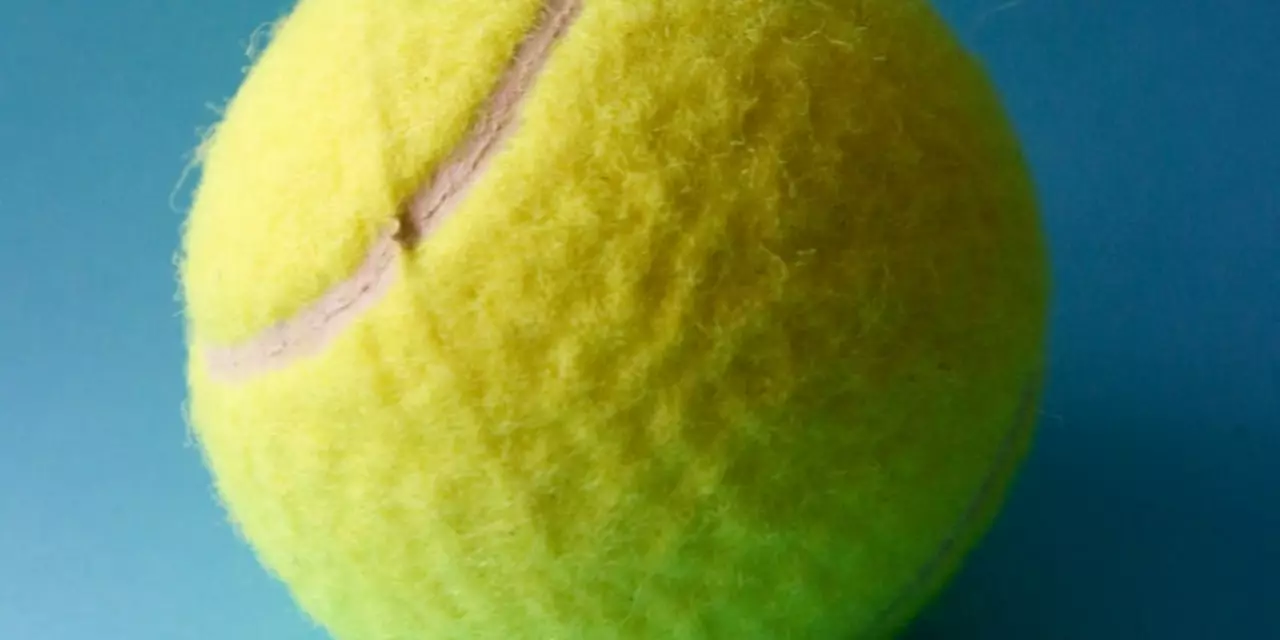Ball Basics: Picking and Caring for the Right Tennis Ball
When you step onto the court, the ball you use can change how the game feels. A good ball gives consistent bounce, lasts longer, and fits your style. Let’s break down the basics so you can grab the right ball and keep it in shape.
What Types of Tennis Balls Are Out There?
Most players see three main categories: pressure‑filled, pressure‑less, and practice balls. Pressure‑filled balls have air inside a thin felt cover – they’re the ones you see at tournaments. They feel lively and bounce high, but they lose pressure after a few games. Pressure‑less balls are made of solid rubber with a thicker felt layer. They stay bouncy for weeks, making them perfect for clubs and schools where courts are busy. Practice balls are a bit softer and slower, ideal for beginners or warm‑ups.
How to Choose the Right Ball for Your Game
Think about where you play and how often. If you’re a club member in Gloucestershire and hit three or four times a week, pressure‑filled balls give you that professional feel, but you’ll need to replace them often. If you run a community program or coach kids, pressure‑less balls save money and stay consistent. Color matters too – orange or yellow balls are standard for most courts, while green or red are used for slower surfaces.
Another tip: check the ball’s felt. Fresh, fuzzy felt gives better grip and spin. If the felt looks worn or flattened, the bounce won’t be even. When you buy in bulk, open a few packs and roll them on the ground. A good ball will bounce about the same height every time.
Don’t forget the court surface. Hard courts need a slightly tougher ball to handle the fast bounce, while grass courts work best with a softer felt that won’t skid too much. Clay courts benefit from a ball that can dig a little into the surface, so a slightly heavier pressure‑filled ball works well.
Lastly, consider your level. Beginners often prefer a slower ball that gives them more time to react. That’s why many clubs stock practice balls for first‑timer sessions.
Now that you know what to look for, let’s talk about keeping those balls in top shape.
Simple Care Tips to Extend Ball Life
Store balls in a cool, dry place. Heat and humidity can mess with the pressure inside. If you keep a container in your garage, make sure it’s not near the heater.
When you’re done playing, roll the balls in a ball hopper or a soft box. That protects the felt from getting crushed against the wall. Avoid tossing them onto the bench – that can flatten the felt quickly.
If a ball feels a bit flat, you can revive it by placing it in a sealed bag with a few fresh tennis balls for a day. The pressure will balance out a little, giving you a temporary boost.
For pressure‑less balls, give them a quick wipe with a damp cloth if the felt gets dusty. Never soak them; too much water will damage the rubber core.
Finally, replace balls before they get too worn. A good rule of thumb is to change them after about ten singles games on a hard court. You’ll notice the difference in speed and spin right away.
Choosing the right ball and caring for it doesn’t have to be a hassle. Just match the ball type to your court, level, and frequency, store them properly, and you’ll enjoy a more consistent game every time you step onto the Gloucestershire courts.
Tennis Tips and Techniques

How do you put spin on a tennis ball?
Spin is an essential element of modern tennis, allowing players to hit the ball with more control and power. It is created by brushing the ball with the racket strings and is determined by the angle of the racket face, racket speed, and contact point on the ball. Adding spin to a tennis ball requires a combination of the correct technique, timing, and practice. To properly put spin on the ball, players should use a continental grip and make contact with the ball during their swing's upward motion. They should also use a brushing motion and rotate their wrist to create a topspin or slice. With practice and experience, players can perfect their spin technique and use it to their advantage.